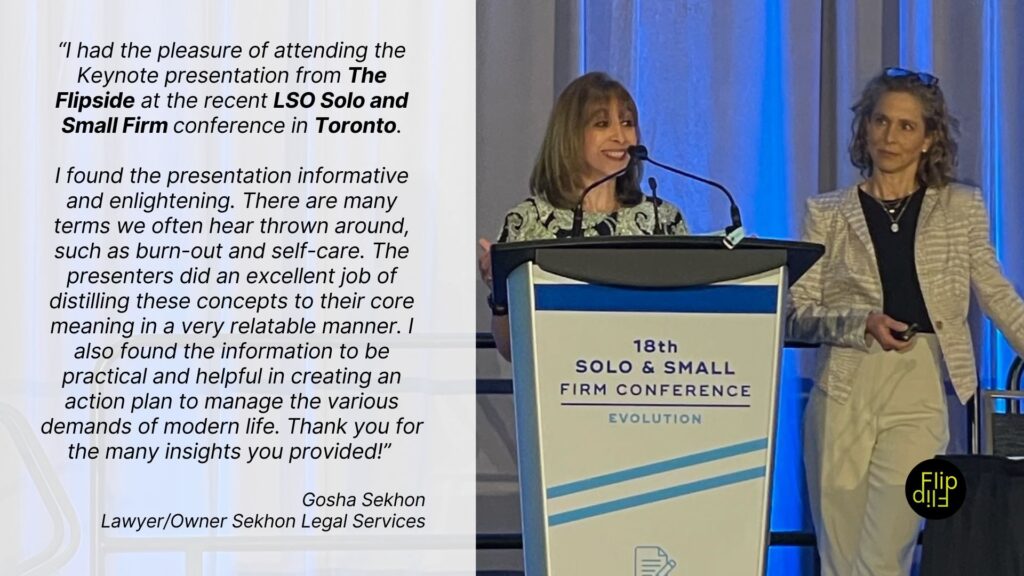Food
Excellence in Midlife: Four health tips for productive Men (Part 2)

In our previous article, part 1 on Andropause, we explored a lesser-known aspect of male health: andropause, often called male menopause. Unlike its female counterpart, andropause unfolds gradually, making it challenging to recognize and address. However, there are clear signs and symptoms indicating hormonal changes associated with andropause, such as muscle loss, fatigue, sleep disorders, weight gain and mood swings. If you’ve been experiencing these symptoms, you might be undergoing a gradual onset of andropause.
In part 2 of this series, we’ll discuss four key lifestyle factors that can significantly impact men’s hormonal health and balance, providing strategies to navigate this stage with ease and maintain optimal energy and overall well-being. Here it goes, four things to start changing and implementing.
Exercise.
I find exercise is always a good place to start. It is a matter of committing to a time in your schedule and having your “why” very clear. But not all exercises are created equal in the realms of a testosterone boost. You might notice that long runs, occasional tennis matches or early mornings at the gym are not doing the math for your body.
If you are looking to start pumping up your testosterone levels, HIIT training and resistance training are the best two options. High-Intensity Interval Training (HIIT) otherwise referred to as functional training is a full-body workout that focuses on alternating short bursts of high-intensity exercise with short rest periods.
There is no need for a gym subscription or a complicated plan. If you are starting, 30 minutes a day in your home suffices. If you are an athlete looking to tackle some of the “andropause” signs we have referred to, maybe 45 minutes of HIIT training three times a week, and a couple of resistance training 2 times a week will make you see a difference. This may be lower body fat in the belly area and pecs, and less muscle loss.
Consistency is the key, however. The aging process (in both women and men) likes daily doses of effort to keep up with the work (muscle loss after 40 is a fact, so here is another reason to start). You are not 20 anymore, everyday practice will make a difference; focus on the 1% daily improvement. Start small to prevent injuries and increase continuously. There are many online options (free or paid) you may look for or download.
Food.
We are what we eat. And given that andropause is such a gradual process, so are the effects of what you have been eating and drinking in the past decades. The good news is that food has an immediate impact on our health, and we can be smart about it.
First, we must admit that sugar (in any form, even the so-called “zero sugar”), junk foods and alcohol create addiction. So, again, this will not be an easy task, more so if sodas, pastries, pizzas, burgers, chips, fries, cakes, candy, bagels, and beer are part of your daily (and historical) repertoire. If you are determined to regain your health, bring those T-levels up and keep at bay the extra secretion of estrogens, keep these three categories in mind while trying to navigate toward a different nutrition style.
The first change to make is to reduce sugar intake. And the best way of doing so is to focus on the sugar you might be drinking. So, shifting to water may sound boring, but it will not only take away some sugar from your system but also hydrate you on the way. Remember, it’s not about the sugar you put in your drinks but the sugar that is hidden everywhere.
A second proven piece of advice is to start your day (or break the fast) with a non-sugar meal. This can be leafy greens, vegetables, and protein (plant or animal source). Try to “crowd out” your plate with plants and protein. Make your breakfast rich in nutrients and satisfying to your taste and gut, this will keep you fueled for the day. Avoiding sugars (bread, muffins, doughnuts, cereals) will reduce your morning cravings and maybe you can drop the “mid-morning snack”. For example, your breakfast can be a veggie-packed omelette (spinach, mushrooms, tomatoes, herbs) and feta cheese. Add avocado, tomato, olive oil, pumpkin, and hemp seeds. If you want more protein, add lentils or sardines.
We believe in small, yet sustainable changes. For a couple of months, focus only on strengthening your breakfast habit (read below for eating times). Again, dropping sugars will not be easy for a week or two, but as soon as you pass the threshold, you will feel the benefits in your energy throughout the day, your weight and body composition, and most impressively, your mood, focus and attention.
Eating.
It is not only what we eat, but how we eat that impacts our health. This suggestion pertains to food timing. As we age, our metabolism slows down. So, eating a steak and fries at 9 PM may suddenly keep you awake through the night, only to wake up tired and rush to work, grabbing a muffin, a bar, or a bagel on the way (because your brain craves sugar for energy), making your morning hard to navigate and your hunger unstoppable.
I try to steer clear of the term “intermittent fasting,” but I invite you to consider the times you eat (both the time of day and frequency). Aim to give your body at least a 12-hour break between your last meal of the night (and midnight chips count as a meal) and the time when you break the fast (a.k.a. breakfast). This timeframe will allow your body to reset, your hormones to function optimally, and sleep to improve. So, if your last meal was at 9 PM, aim to have breakfast at 9 AM. But if you need to have breakfast at 7 AM, then slowly move your last meal of the day to 7 PM.
The same applies to the time between meals. It takes around four hours for your digestive system to process a meal. If you disrupt your system by eating every hour or two, your body (hormones and organ functions) will start running out of sync. This can lead to inflammation, fatigue, and possibly mood swings. By maintaining a 12 x 12 eating pattern, you can fit three good, nutrient-rich meals every four hours within a 12-hour window, if desired.
Sleep.
Plan to work on your sleep. Think of sleep as the one thing you can do every day to reset your health. While we sleep, the body has more activity than while we are awake: it flushes toxins, releases kill cells that take care of the bad guys in our system, restores our cells, resets our biological clock (the circadian rhythm), and helps us lose weight, reduces stress, and promotes memory and cognitive functions.
But you may say you know all the above benefits, but still, you are unable to sleep. Here is a short starter plan for you:
First. Set a regular sleep pattern. Decide at what time you are going to go to bed, and plan for a 7 to 9-hour night’s sleep. You might have to work it backwards from the time you need to wake up. Stick to this regular schedule for at least 2 weeks.
Second. Expose yourself to the morning light. Every morning, 30-60 minutes after waking, take a short walk outside, even if it is cloudy. Bring your coffee. Leave your phone. By short we mean 10 minutes as a starter. Morning sunlight has a special frequency that enters through our eyes (even in blind people) and initiates many body functions that will start a countdown that will lead to sleep 16 hours later that day. Lack of exposure to morning light pushes away these signals to later in the day, pushing your sleep cycle to later as well.
If you want the understand the neurology behind this practice, go to Dr. Andrew Huberman from Stanford University. He is the guru of morning light and health. Trust us, we have done our homework. We are just telling you what to do, so you start having immediate benefits towards your overall health and prevention of andropause symptoms.
Third. Avoid alcohol at night. Alcohol is a sedative. Taking alcohol to wind down or induce sleep will be effective at pausing your system. Yes, you will be knocked out. However, the sedative effect of alcohol does not allow for proper, active sleep (and suppresses all benefits from the natural processes of sleep), on the contrary, it will put you down and pause every function in your system, waking you up in the middle of the night to reengage, at that odd time, where it left-off hours before.
If you are in your 30s, take note of what will tend to happen if you let go of some healthy lifestyle habits. Testosterone levels will naturally decline, but smart choices will allow you to prevent having the collection of symptoms associated with andropause. There is a lot you can do.
If you are 40 plus, then, this is a good starter’s guide for you. Always try to change your habits before moving to supplements and prescription medications. Allow yourself a couple of months of active work and tracking habits to observe your improvements. We guarantee there will be plenty.
Cheers,
Rosana





